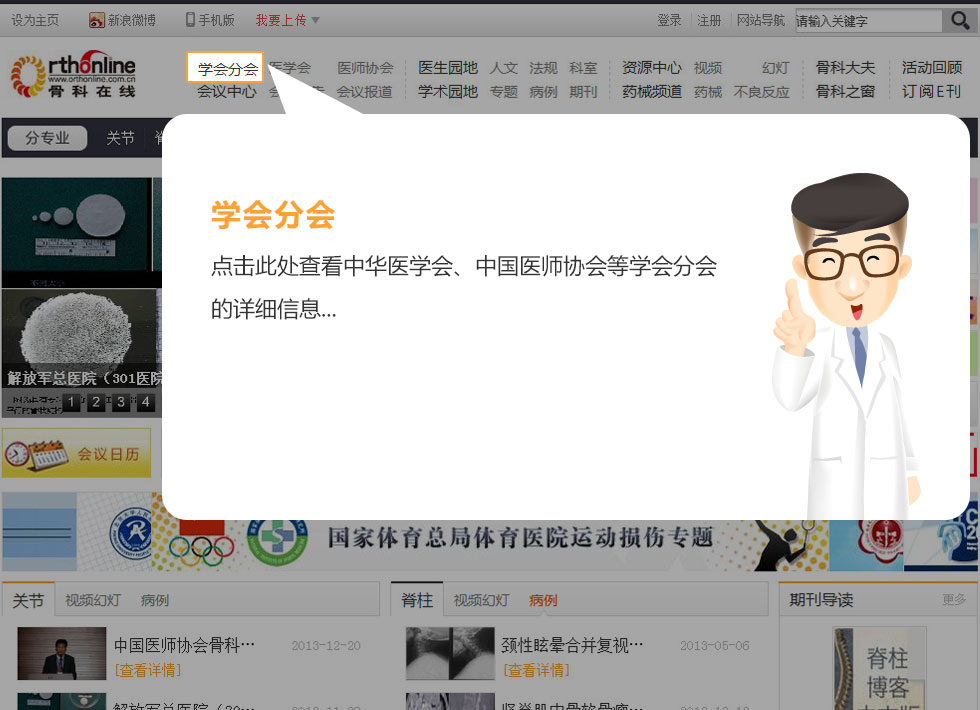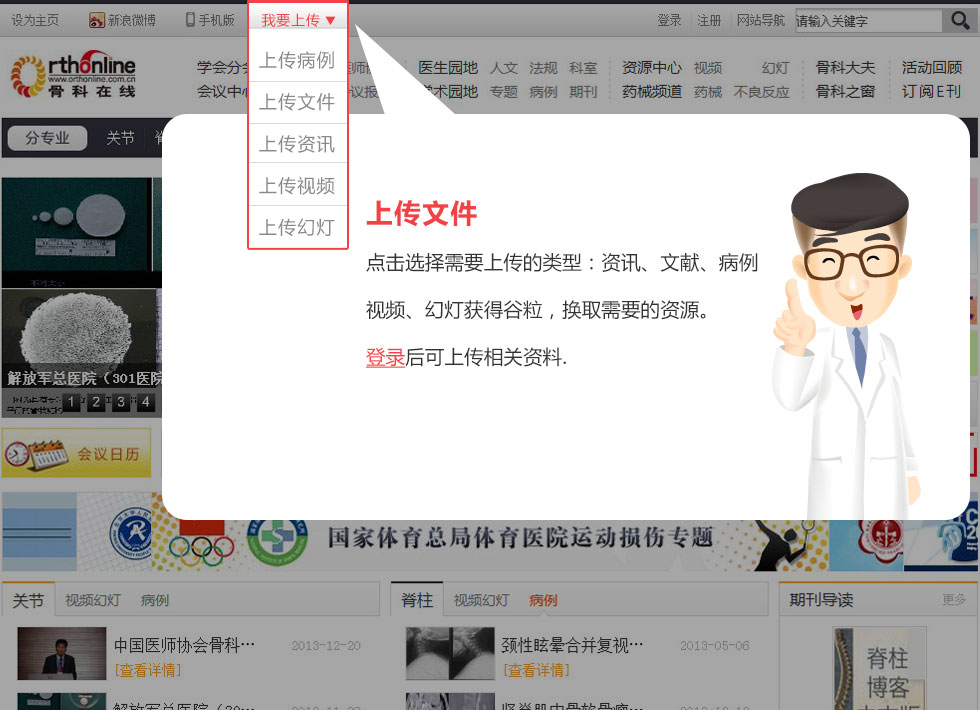后外侧入路治疗旋后外旋型踝关节骨折的疗效和并发症
2012-02-28 文章来源:www.aaos.org 点击量:5437 我要说
骨科在线版权所有,如需转载请注明来自本网站
翻译:北京医院骨科 纪泉
摘要
后外侧入路是我们在治疗旋后外旋型踝关节骨折中最长应用的切口,显露骨折后可以进行腓骨、后踝的固定,还可进行下胫腓后韧带(PITFL)的修补。这个入路更有利于腓骨的稳定重建,可避免经韧带打入螺钉所以可一并提高下胫腓联合结构的复位固定的质量。这个入路可能减少手术并发症、提高踝关节功能,减少因术后疼痛需要取出内固定物的几率。
方法
总共纳入176名踝关节骨折患者,所有手术均由同一名医师完成,其中112名患者满足纳入标准,随访一年以上并有完整功能评分,主要使用足踝功能评分(the Foot and Ankle Outcome score, FAOS)。拍摄平片包括前后位相、侧位相、轴位相,确认内外踝关节间隙大小,通过CT扫描观察腓骨切迹的前后面评价下胫腓联合结构的复位程度,最后一次随访测量患者的踝关节活动范围。主要的并发症包括因术后疼痛导致必须取出内固定物、感染、下胫腓联合固定螺钉取出、伤口深部感染、表浅感染或非感染伤口并发症、骨性关节炎、关节僵硬以及其他并发症。
结果
患者平均年龄51.5岁(18~86岁),72例患者中71例行后踝固定(用3.5mm皮质骨螺钉由工作通道操作),全部患者功能评分较高,在疼痛评分方面78.4±20.10,日常活动评分83.37±18.76,运动方面功能恢复较好评分为59.37±30.95,生活质量评分为55.72±28.05。踝关节平均活动度为:背伸17±5°,柘屈为45±5°,外翻22±5°,内翻27±5°。外踝关节腓骨距离距骨关节面前方距离和后方距离平均为0.99±1.41mm,这个数据比标准的下胫腓联合结构复位的距离低2mm。17例患者由于术后内固定物刺激造成的疼痛或不适而取出内固定物,10伤口表浅感染,4例深部感染(2例为内踝感染)。
讨论和结论
采用后外侧入路治疗踝关节骨折是一种损伤较小的方法,并发症较少,充分显露后踝并利于固定修补下胫腓后韧带(PITFL)的损伤,比传统的外侧入路更容易从后方用钢板固定腓骨。在本研究中我们体会到此入路术后踝关节功能恢复较好,有利于解剖复位而且并发症发生率较低。
|
||





 京公网安备11010502051256号
京公网安备11010502051256号